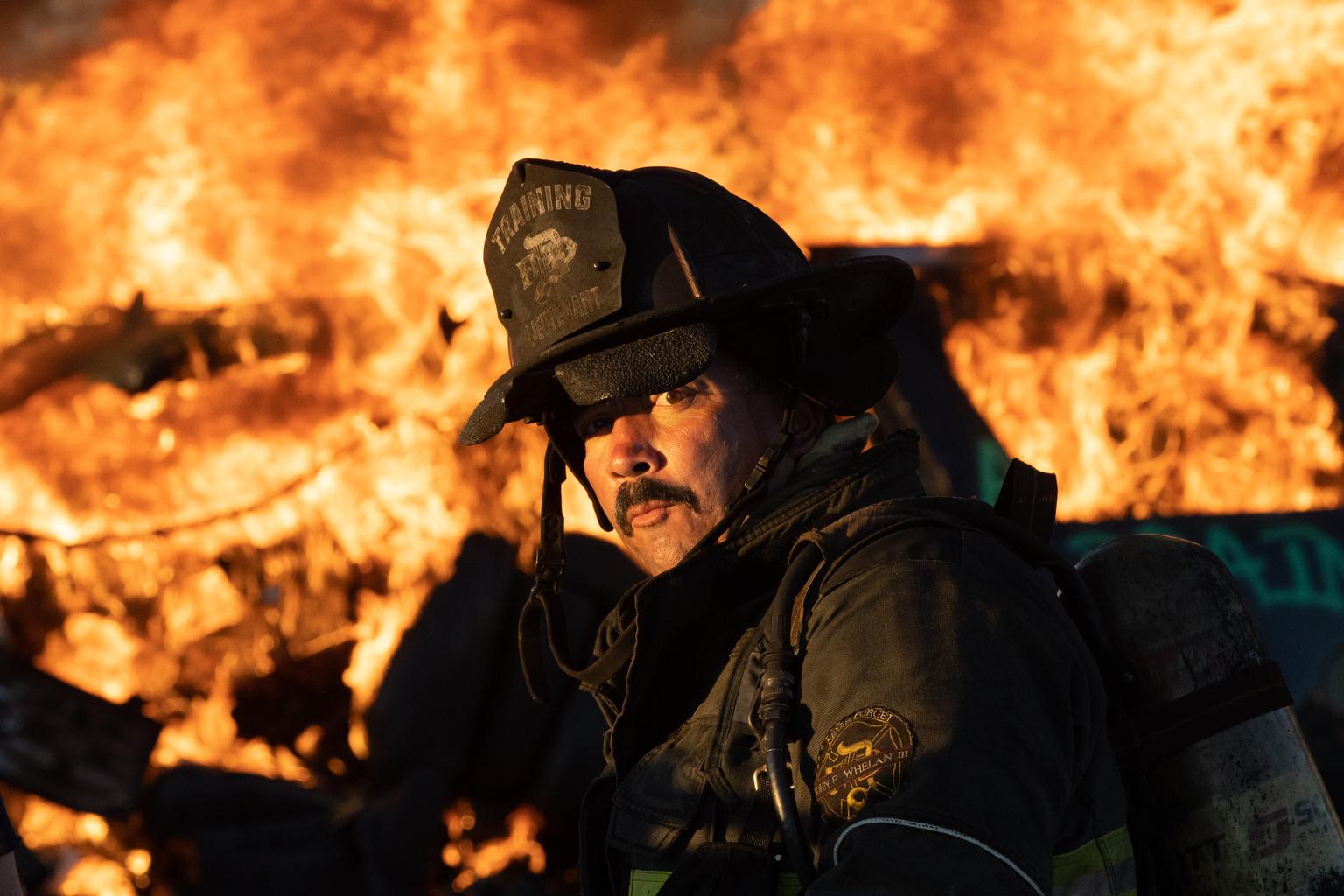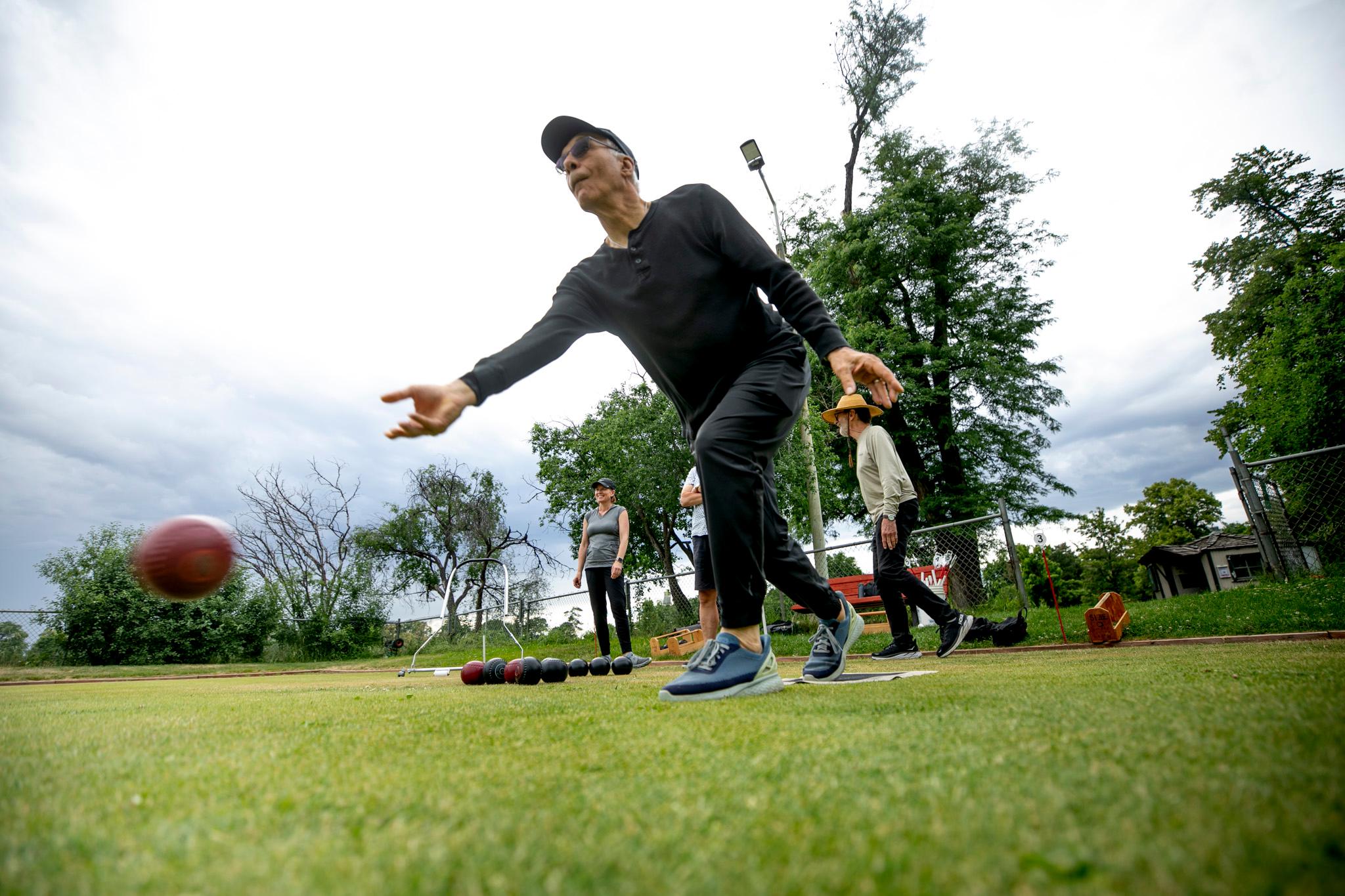One might think the Fourth of July is the busy season for Denver firefighters, but they say the winter holidays are just as tough.
While there are fewer fireworks, the holiday season has other horrors.
Homes are stuffed with dried up Christmas trees, wrapping paper, presents and flammable decorations. Then there are the lights: candles on hanukkiah and for advent, electric lights, overloaded circuits, extension cords hidden under flammable cloth and more.
It's so pretty but so flammable, with plenty of potential sparks and fresh fuel to burn.

The candles, especially, are a danger, said Captain J.D. Chism, a spokesperson for the Denver Fire Department.
People get distracted by the good times and new decorations during the holidays, he said, and they throw out their typical candle rules, placing flames next to Christmas trees or garlands. That can be a destructive combination -- especially later in the season, when the trees are dryer than when they were first cut.
"When a Christmas tree fire occurs, it definitely is larger and has a lot more potential to spread fast because of the fuel," Chism said.

So keep your trees watered and your garland green.
Chism wants Denverites to keep decorations and other flammables at least three feet away from open flames, including fireplaces and candles.
And it's not just flames. He also says keep decorations away from heating devices and to be especially careful with lights.
"We wrap these beautiful Christmas lights around our trees, and the more lights we put on the more twinkly it looks, and the prettier it looks," Chism said. "Sometimes we overload our electrical systems with those."
His first rule for preventing electrical fires: "Read the directions."
That way people know how many strands of light can be plugged in together and where lights can -- and can't -- be hung.
Chism, who has hung Christmas lights for a living, encourages people to plug no more than three strands in -- though that can vary depending on the setup. In most cases, LED lights are less likely to overload an electrical system and are cooler than traditional lights.
He also cautions people not to try to hide electrical cords under carpets and rugs. Doing so makes it harder to smell when a fire begins and just adds fuel to the flames.
"It does look pretty, and we have a great holiday atmosphere for our home," Chism said. "If we're not doing a great job, it can lead to some some definite fire potential in our homes that we don't want to see."
Cooking for a crowd comes with dangers.
If people forget the butter or sugar, they too often leave cooking food on the stove or in the oven.
"Don't don't leave the house because you forgot something while you're in the process of cooking," Chism said.
People may think they're stepping out for five minutes, but they end up taking 30 minutes and return home to a smoky kitchen.

"That's something in general we see frequently," Chism said. "And we do see an uptick in that during the holidays."
Other cooking safety tips matter too: Pot handles should not be hanging off the stove, lest kids pull metal pans and boiling eggnog on their heads.
Kids should not be left unsupervised in the kitchen.
Outside also comes with dangers. As the weather gets colder, encampment fires ramp up.
"We see that people are still just outside, trying to stay warm, trying to stay alive," Chism said.
So they make a fire -- sometimes in a flammable tent. The results can be deadly.
Because the sun goes down earlier, more people notice such fires and more people call them in, keeping firefighters out on the road all night long.
Not all the dangers firefighters save us from are flammable. Some involve ice.
Dog owners head to public parks, take Fido off leash and let their pup run onto frozen, or rather not-so-frozen, ponds.
The ice could break and Fido could fall into the water.

Occasionally the benevolent, panicked pet owner will rush onto the ice and fall in, only to have bystanders rush to the ice to rescue their drowning, freezing fellow human.
You'll never guess what could happen next...
Eventually, the fire department is called, and firefighters have to risk their own lives recovering people who may likely have already drowned or died of hypothermia.
These emergencies happen five to 10 times a year, Chism said. And they rarely have a good outcome.
"That's a horrible, horrible call," he said.












